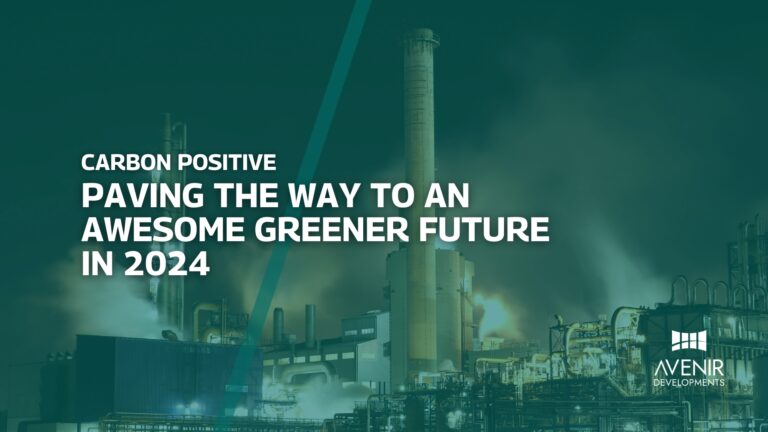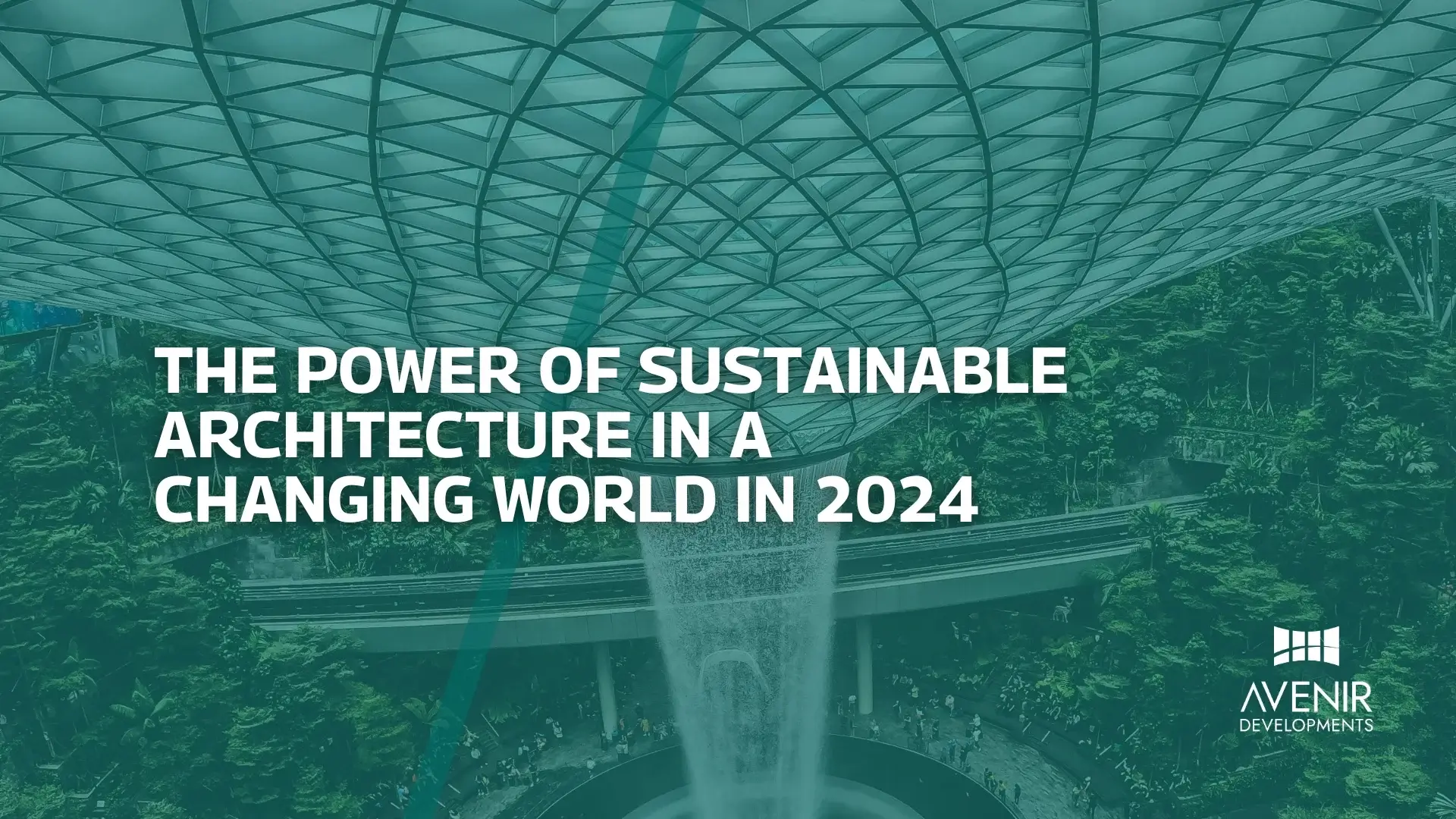Carbon positive is the new buzzword in the world of sustainability. It’s a concept that goes beyond carbon neutrality, aiming to actively remove more carbon dioxide from the atmosphere than we emit. As an architect and designer, I’ve seen firsthand the devastating impact of climate change. From rising sea levels to extreme weather events, the consequences are undeniable. That’s why I’m passionate about exploring innovative solutions, like carbon-positive design, to create a more sustainable future. In this blog post, we’ll delve into the intricacies of carbon-positive architecture and design, exploring its potential to revolutionize the built environment.
Understanding Carbon Positive
Carbon positive, in essence, means absorbing more carbon dioxide than we emit. This can be achieved through a variety of strategies, including:
- Carbon sequestration: Capturing and storing carbon dioxide from the atmosphere.
- Renewable energy: Utilizing clean energy sources like solar, wind, and hydro power.
- Energy-efficient design: Implementing design strategies to minimize energy consumption.
- Sustainable materials: Choosing materials with low carbon footprints.
- Green building certifications: Adhering to recognized standards like LEED and BREEAM.
The concept of carbon positivity has gained significant traction in recent years, driven by growing concerns about climate change and the urgent need for sustainable solutions. By adopting carbon-positive practices, we can mitigate the negative impacts of human activity on the environment and create a more resilient future.
In our ever-evolving world, the pressing need for sustainable practices has become more evident than ever. With climate change and environmental degradation threatening the planet’s health, it is crucial to adopt responsible strategies to counteract our carbon footprint. One such promising approach is “Carbon Positivity,” an innovative concept that aims to not only reduce carbon emissions but also actively remove more carbon dioxide from the atmosphere than is generated. In this article, we will explore the depths of Carbon Positive, understand its implications, and learn how individuals, businesses, and communities can play an active role in shaping a greener and more sustainable future.

Carbon Positive: Understanding the Basics
To grasp the significance of Carbon Positive, it is essential to first comprehend the basics. This section will delve into the core principles of Carbon Positivity and how it diverges from traditional carbon-neutral practices. By going beyond mere offsetting, Carbon Positive sets a new benchmark for environmental stewardship.
Carbon-Positive Trends and Developments
In 2024, the global movement toward carbon-positive practices has accelerated. Governments, businesses, and individuals are increasingly recognizing the importance of reducing carbon emissions and adopting sustainable solutions.
Global Trends:
- Net-Zero Commitments: Many countries have pledged to achieve net-zero emissions by 2050 or earlier. This ambitious goal requires significant investments in renewable energy, energy efficiency, and carbon capture technologies.
- Green Building Certifications: Building certifications like LEED and BREEAM have become more stringent, incorporating stricter requirements for energy efficiency, water conservation, and material selection.
- Circular Economy: The circular economy, which focuses on reducing waste and maximizing resource efficiency, is gaining momentum in the construction industry.
- Innovative Technologies: Advancements in technology, such as artificial intelligence and machine learning, are enabling more precise energy management and sustainable design.
Carbon-Positive Developments in Pakistan:
While Pakistan still has a long way to go in terms of carbon-positive practices, there are some promising developments:
- Renewable Energy: The government has been investing in renewable energy projects, particularly solar and wind power.
- Green Building Initiatives: Organizations like the Pakistan Green Building Council are promoting sustainable building practices and certifications.
- Urban Planning: Efforts are being made to create more sustainable and resilient cities, with a focus on public transportation, green spaces, and energy-efficient infrastructure.
To further accelerate the transition to a carbon-positive future, it is crucial for governments, businesses, and individuals to work together. Governments can implement supportive policies, such as carbon pricing and tax incentives for sustainable practices. Businesses can prioritize sustainability in their operations, invest in green technologies, and reduce their carbon footprint. Individuals can make conscious choices in their daily lives, such as conserving energy, reducing waste, and supporting sustainable businesses.
The Science Behind Carbon Positive
Before embracing the concept, it is vital to understand the science behind it. This section will explain the carbon cycle, the role of forests and oceans in sequestering carbon, and how human activities disrupt this delicate balance. By gaining insights into the science of carbon emissions, readers will better appreciate the need for Carbon Positive initiatives.
The Impact of Carbon Positive on Climate Change
Climate change is a global concern with far-reaching consequences. Here, we will discuss how Carbon Positive practices can directly impact climate change, mitigate its effects, and contribute to a healthier and more stable planet. Explore the potential of Carbon Positive in the fight against rising temperatures and extreme weather events.
Carbon Positive Initiatives Worldwide
This section will take a closer look at real-world Carbon Positive initiatives that have yielded promising results. From large corporations to small communities, discover inspiring examples of how various entities are making a tangible difference by implementing Carbon Positive strategies.
How to Become Carbon Positive: Practical Steps
Transitioning towards Carbon Positivity requires action from individuals, businesses, and governments alike. This section will provide practical steps that everyone can take to become Carbon Positive. From lifestyle changes to adopting sustainable technologies, readers will learn how to reduce their carbon footprint effectively.
Expert Tips for a Carbon-Positive Future
Based on my years of experience in architecture and design, here are some expert tips to help you embrace a carbon-positive lifestyle:
- Educate Yourself: Stay informed about the latest trends and technologies in sustainable design. Attend workshops, webinars, and conferences to expand your knowledge.
- Start Small: Begin by making small changes in your daily life, such as reducing energy consumption, conserving water, and minimizing waste.
- Choose Sustainable Materials: Opt for eco-friendly materials like bamboo, recycled wood, and natural fibers.
- Support Sustainable Businesses: Choose businesses that prioritize sustainability and ethical practices.
- Advocate for Change: Encourage your friends, family, and community to adopt sustainable habits.
- Collaborate with Experts: Work with architects, engineers, and contractors who specialize in sustainable design.
By following these tips and embracing a carbon-positive mindset, we can collectively create a more sustainable future for generations to come.
The Role of Renewable Energy in Carbon Positivity
Renewable energy plays a pivotal role in the journey towards Carbon Positivity. This section will explore the potential of solar, wind, hydro, and geothermal energy sources in replacing fossil fuels and driving a sustainable energy revolution.
Carbon Positive in Agriculture and Forestry
Agriculture and forestry are significant contributors to carbon emissions, but they can also serve as vital solutions in the Carbon Positive movement. Learn how regenerative agriculture and afforestation practices can help sequester carbon and contribute to a healthier environment.
The Carbon Positive Business Model
Businesses have a tremendous influence on the environment and society. This section will discuss how businesses can adopt a Carbon Positive model, reduce their ecological footprint, and foster a more sustainable economy while benefiting their bottom line.
Carbon Positive and Biodiversity Conservation
Carbon Positive efforts can synergize with biodiversity conservation, creating win-win situations for the environment. Understand how preserving natural habitats and protecting biodiversity can contribute to Carbon Positivity.
Carbon Positive Cities: Urban Sustainability
As the world becomes increasingly urbanized, cities play a crucial role in the fight against climate change. Discover how smart city planning, efficient transportation systems, and sustainable infrastructure can pave the way for Carbon Positive cities.
The Social Impact of Carbon Positive
Carbon Positive initiatives go beyond environmental benefits; they also create positive social impacts. This section will explore how Carbon Positivity can improve livelihoods, empower communities, and promote social equality.
Carbon Positive and Technological Innovations
Technology is a potent ally in the quest for Carbon Positivity. Explore groundbreaking innovations like carbon capture and utilization, and how they can revolutionize our approach to carbon management.
Barriers and Challenges in Achieving Carbon Positivity
Despite its potential, Carbon Positivity faces various challenges and obstacles. This section will identify these barriers and provide insights on how to overcome them to accelerate the adoption of sustainable practices.
The Economics of Carbon Positive
Critics often raise economic concerns when discussing Carbon Positive. In this section, we will examine the economics behind Carbon Positivity, including the potential costs and benefits for businesses, governments, and individuals.
Carbon Positive Policies and Regulations
Effective policies and regulations play a crucial role in driving Carbon Positive practices. Understand how governments around the world are implementing measures to incentivize Carbon Positivity and enforce sustainable practices.
The Future of Carbon Positive: Projections and Possibilities
In this visionary section, we will look into the future of Carbon Positivity. Discover the potential impact of scaling Carbon Positive initiatives and the possibilities of a world that successfully combats climate change.
Addressing Criticisms of Carbon Positive
As with any transformative concept, Carbon Positivity has faced criticism and skepticism. This section will address common misconceptions and criticisms surrounding Carbon Positive, providing evidence to support its viability.
Frequently Asked Questions (FAQs)
What is Carbon Positive?
Carbon Positive goes beyond carbon neutrality by actively removing more carbon dioxide from the atmosphere than is generated, creating a positive impact on the environment.
How can individuals contribute to Carbon Positivity?
Individuals can become Carbon Positive by adopting eco-friendly practices, reducing waste, supporting renewable energy, and offsetting their remaining carbon footprint through credible programs.
Are Carbon Positive initiatives expensive for businesses?
While initial investments may be required, Carbon Positive initiatives can lead to long-term cost savings through energy efficiency and enhanced brand reputation.
What role do forests play in Carbon Positivity?
Forests act as crucial carbon sinks, absorbing carbon dioxide during photosynthesis, making afforestation and sustainable forest management vital in the Carbon Positive movement.
Can Carbon Positive practices benefit local communities?
Yes, Carbon Positive initiatives can enhance local economies, create green jobs, and promote sustainable development, benefiting communities in multiple ways.
How can cities become Carbon Positive?
Cities can achieve Carbon Positivity through sustainable urban planning, efficient public transportation, renewable energy adoption, and promoting green spaces.
Carbon Positive is a visionary concept that holds the promise of reversing the damage caused by carbon emissions and building a sustainable future. By embracing Carbon Positivity, individuals, businesses, and governments can take meaningful steps towards combating climate change and ensuring a greener planet for generations to come.
In conclusion, the transition to a carbon-positive future is imperative to address the pressing issue of climate change. By adopting sustainable practices, we can mitigate the negative impacts of human activity and create a more resilient planet.
As architects, designers, and builders, we have a unique opportunity to lead the way. By prioritizing energy efficiency, utilizing renewable energy sources, and selecting sustainable materials, we can design and construct buildings that have a minimal environmental footprint.
Remember, every small step counts. By making conscious choices in our daily lives and supporting sustainable initiatives, we can collectively contribute to a greener future.
Ready to embark on your carbon-positive journey? Contact Avenir Developments today to discuss your sustainable building project. Our team of experts can help you create a beautiful, functional, and environmentally friendly space.
Call us at +923001101103 or WhatsApp us to learn more.
Read More: Master the Art of Home Construction: Your Ultimate Guide to Building Your Dream Home in 2024






